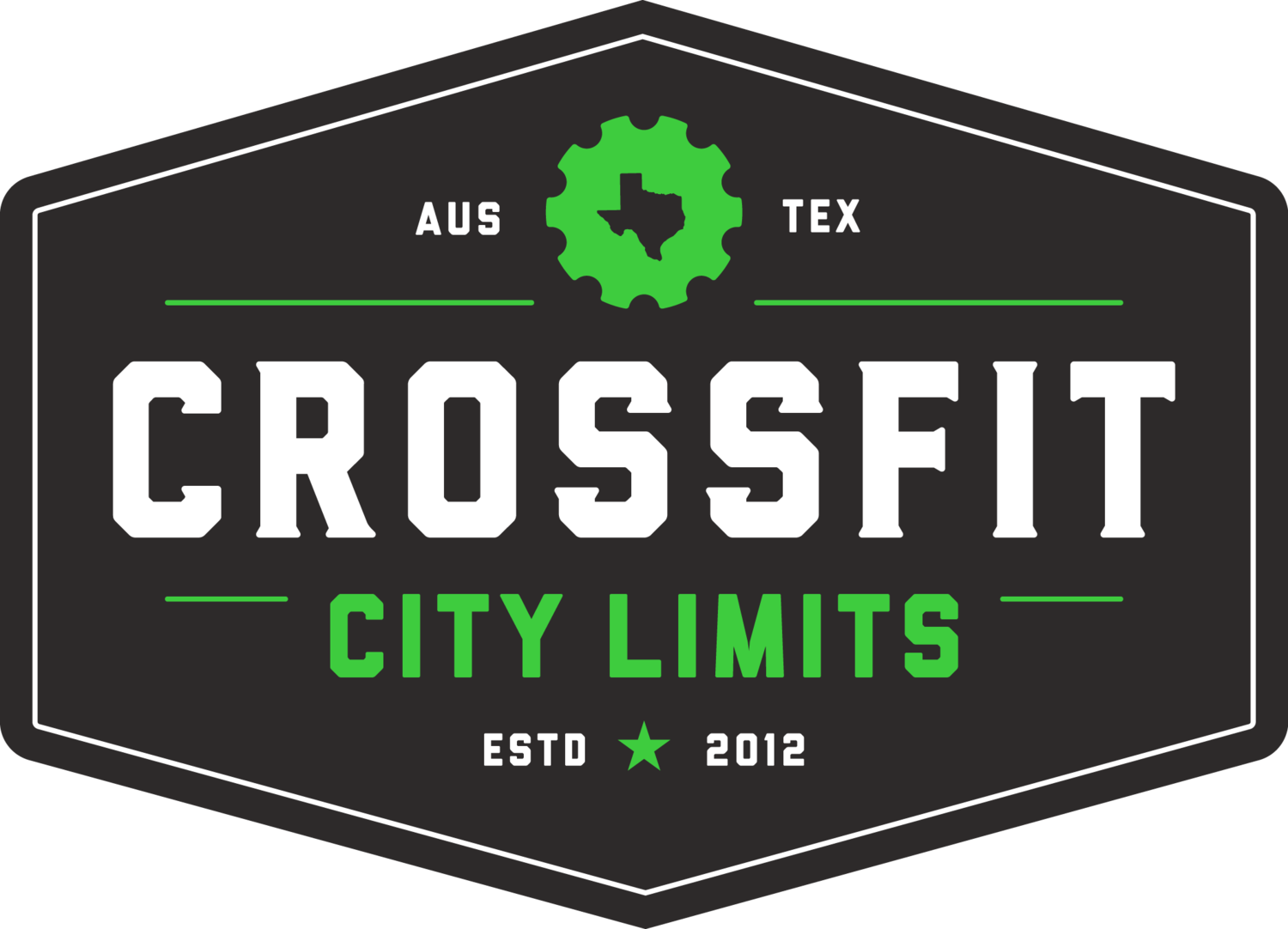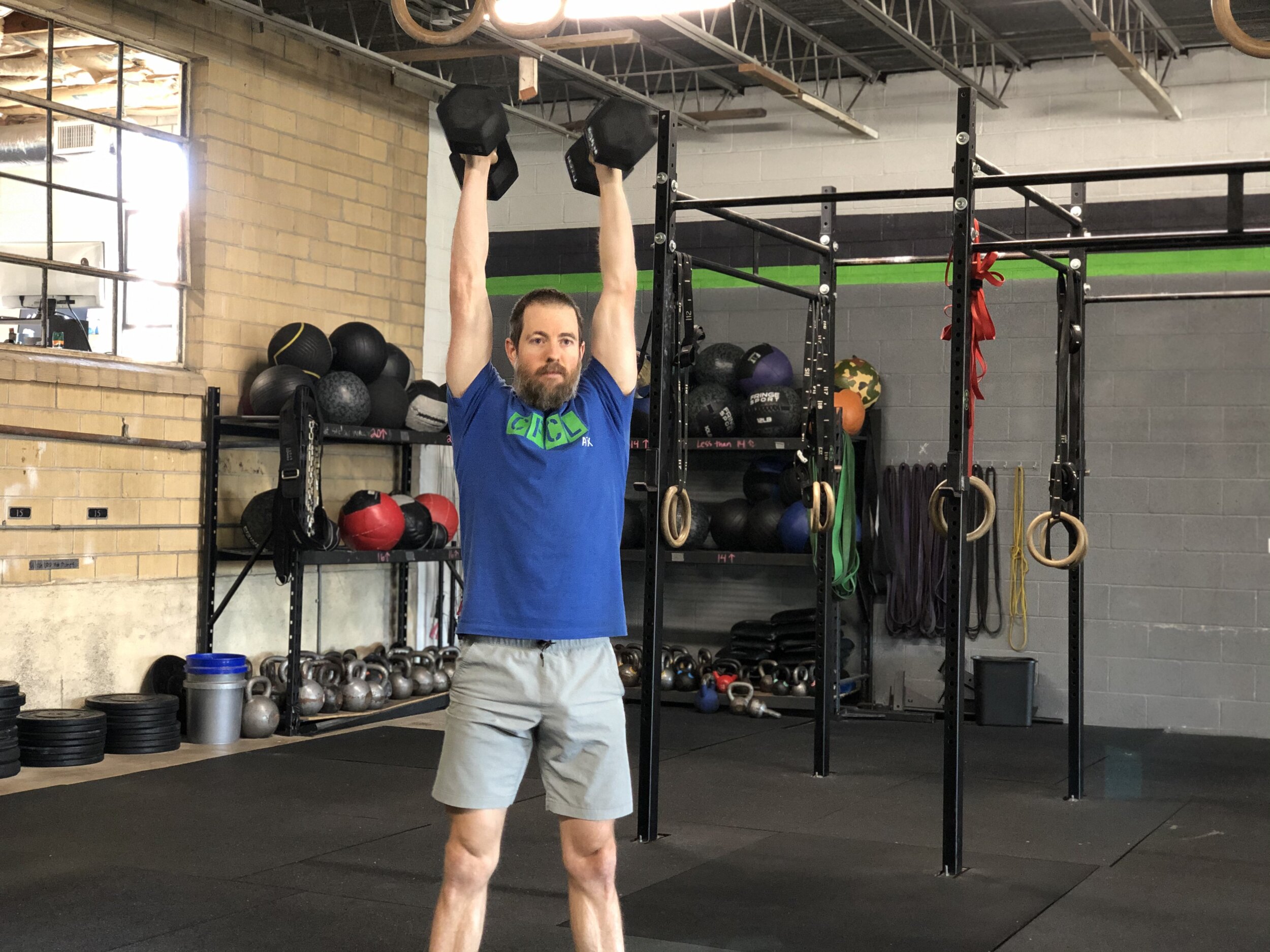Thoracic Spine Extension
The thoracic spine (aka T-spine or the upper back) consists of the 12 vertebrae between the cervical spine segment (the neck) and the lumbar spine segment (the low back). The ability for the thoracic spine to rotate and extend is a major contributing factor someone’s ability to properly move and stabilize the shoulder. Typically, the spine is the first place someone should check-in on when working on shoulder range of motion.
Thoracic Spine Movement Tests:
Double Dumbbell Overhead Hold: You should be able to comfortably hold two heavy dumbbells in the locked out, overhead position with no compensation.
Pass/Fail Checklist
Get Tight Checklist
Butt Cheeks Tight
Belly Button Drawn into the Spine
Kegel
Feet screwed externally into the ground
Rib-cage neutral
Stable Shoulders - External Rotation
Arms locked out overhead with weighted centered on body
Mobility
T-Spine Extension on Foam Roller
1. Start with the roller on the mid to upper back with your hips off of the ground and your core braced.
2. Curl one vertebrae at a time and crunch forward.
3. Keeping your bellybutton drawn in and your core braced, focus on extending the segments of the T-spine and not the lumbar spine (low back).
4. Externally rotate your arms and raise them overhead to add to the pressure on the T-spine segments.
5. Wiggle from side to side to see if you can help get the t-spine segments moving.
T-Spine Extension on Foam Roller Anchor
Use a barbell, kettlebell, dumbbell, a pole, a table leg, or anything you can get your hands on to anchor your hands and add some pressure to the exercise.
T-Spine Extension on Peanut
You can do any of the above variations with a peanut, aka, a double lacrosse ball.













